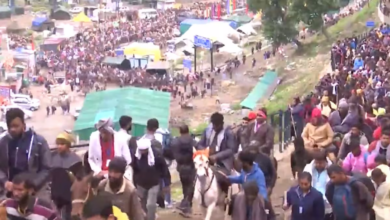Views: Will ‘Atal Setu’ turn out to be a game-changer for Maharashtra’s progress?
On January 12, Atal Setu—Atal Bihari Vajpayee Sewri-Nhava Sheva Atal Setu—was officially opened by Prime Minister Narendra Modi. The longest sea bridge in India spans Nhava-Sheva in Navi Mumbai and connects south Mumbai. Constructed at a cost of Rs 17,840 crore, the bridge spans 21.8 km and has a 16.5 km sea connection. Its purpose is to expedite access to the soon-to-be Navi Mumbai International Airport and decrease travel duration between Pune and Mumbai.

Atal Setu, according to the Prime Minister, is a representation of Viksit Bharat, where everyone will prosper and distances would shrink.
India TV posed the following question to its audience: “Will Maharashtra’s development see a paradigm shift from the country’s longest sea bridge, ‘Atal Setu’?” Ninety-three percent of the 11,414 voters who participated in the opinion poll thought the bridge will impact the game, while five percent disagreed. Two percent of voters selected “Can’t say” instead of answering “yes” or “no.”
The goal of the prime minister’s vision is to increase residents’ “ease of mobility” by bolstering urban transportation infrastructure and connectivity. Following this idea, the Mumbai Transharbour link (MTHL) – presently called ‘Atal Bihari Vajpayee Sewri – Nhava Sheva Atal Setu’ was constructed.
Four-wheelers on the Mumbai Trans Harbour Link will be limited to a maximum speed of 100 kmph, while motorcycles, autorickshaws, and tractors will not be permitted on the sea bridge, according to the police. The project is a 6-tier, 3+3-lane, 2-emergency-lane bridge that would span around 22 kilometers and link the mainland city of Nhava with Shivdi in Mumbai.







